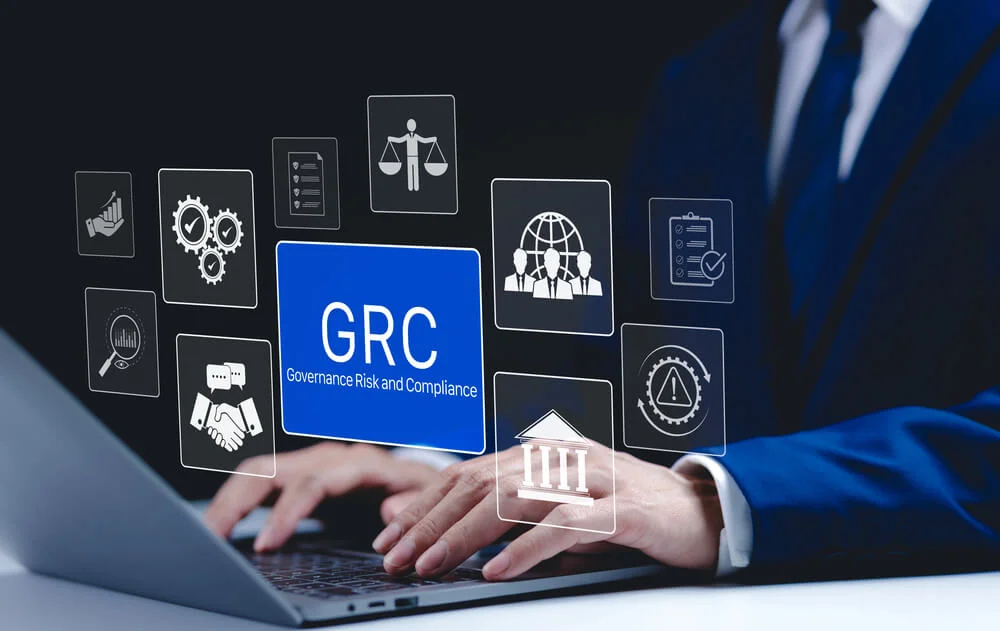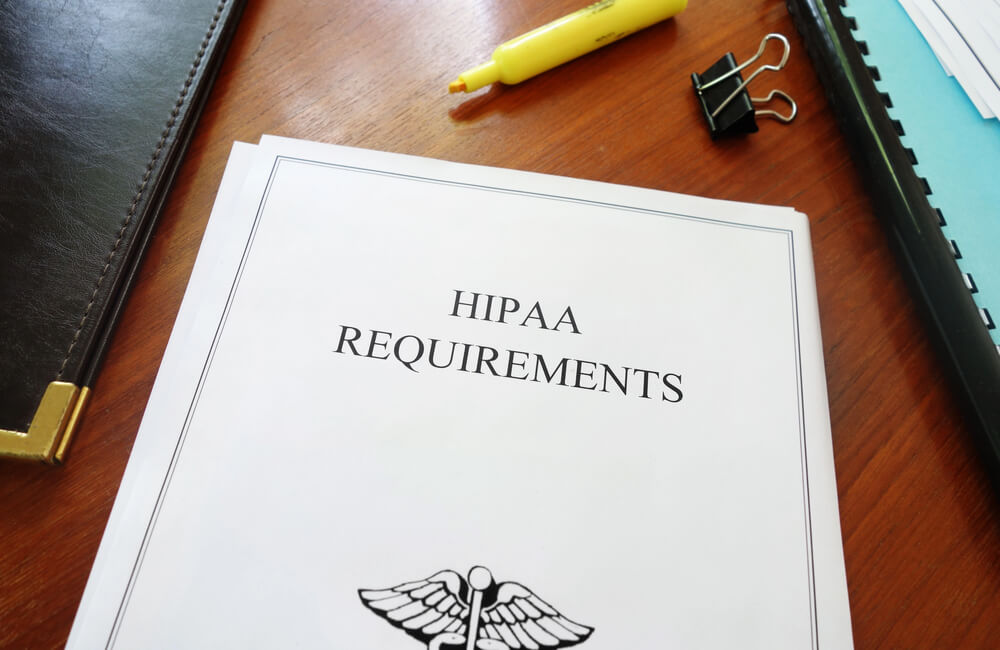Many of today’s organizations exist at least partly in the digital world. Because of this, cybersecurity is of particular significance. This is especially true for entities that regularly handle sensitive government documents. Frameworks like the Cybersecurity Maturity Model Certification (CMMC) are critical when it comes to safeguarding data. Contractors must reach this level of certification to bid on certain Department of Defense contracts.
It’s important to understand the intricacies of CMMC Level 3. To do so, cybersecurity teams need to be aware of the requirements involved in obtaining this certification.
What is CMMC Level 3 Certification?

CMMC Level 3 is part of the Cybersecurity Maturity Model Certification framework. It’s the highest level of cybersecurity maturity required for organizations that handle Controlled Unclassified Information (CUI) in the United States Department of Defense. Complying with this framework ensures that contractors and subcontractors in the defense industry implement strong cybersecurity controls. This way, they can more effectively protect classified government information.
Organizations with a Level 3 certification follow a well-rounded set of security protocols. These protocols are designed to protect CUI from unauthorized access. As such, these measures work to ensure the safety and confidentiality of the information in question.
CMMC Level 3 comes with an array of stringent requirements compared with Level 1 and Level 2. This level focuses on defending organizations and their data against advanced persistent threats. It also places enhanced requirements on the overall effectiveness of cybersecurity procedures.
A few notable characteristics of CMMC Level 3 controls include:
- The protection of Controlled Unclassified Information, as mentioned above.
- Implementation of NIST SP 800-171 Controls. This covers security processes for protecting CUI in non-federal settings.
- Development of a Mature Cybersecurity Program. This includes policies, procedures, and various technical controls for mitigating risks.
- Risk Management Integration, used to identify, assess, and resolve cybersecurity risks.
- Compliance Verification that is conducted by accredited third-party assessors.
CMMC Level 3 Requirements

CMMC Level 3 requirements cover numerous aspects of cybersecurity practices. These include Access Control, Identification and Authentication, Media Protection, Auditing and Accountability, Incident Response, Configuration Management, System and Communications Protection, Security Assessment, Personnel Security, and Risk Management.
In all, there are 24 security controls that must be implemented. Organizations must already have Level 2 certification before approaching Level 3 as well.
In CMMC Level 3, strict access controls must be put in place to protect sensitive information so that only authorized personnel can access it. It requires in-depth mechanisms like multi-factor authentication to determine which users have permission to access CUI.
Further, all authorized users need to be identified and authenticated before being granted access. Audit and accountability logs must also be used to monitor and track access to CUI.
Media protection protocols need to be in place to aid in the secure management and protection of all media forms that contain CUI. These protocols follow each form throughout its lifecycle, which includes its storage, handling, and disposal.
Configuration management also needs to establish protocols for processing and storing CUI across all systems for consistent security.
In addition, system and communications protection needs to deploy mechanisms that maintain the confidentiality of CUI during both transmission and storage. Security assessments must also be conducted to evaluate how effective security controls are. This way, security teams can identify and remedy system vulnerabilities.
A dedicated incident response system must develop and implement plans that will quickly detect, respond to, and recover from any cybersecurity incidents that affect the organization’s CUI.
Finally, risk management measures need to include the identification, assessment, and management of cybersecurity risks that come with processing and storing CUI. These practices need to be integrated into the organization’s computing processes in order to keep cybersecurity measures as effective as possible.
CMMC Level 3 Compliance Checklist

To obtain CMMC Level 3 certification, an organization must adhere to strict protocols and complete a list of required actions. If you’re aiming for this certification in your organization, ensure that your team takes the following steps.
- Develop a System Security Plan (SSP). This illustrates the organization’s security policies, procedures, and controls in place.
- Conduct a gap analysis to help identify areas where the organization may not be following CMMC Level 3 compliance.
- Use technical controls like firewalls, intrusion detection systems, and data encryption measures to protect CUI.
- Develop role-based access controls to make sure that only authorized personnel can access the organization’s CUI. Ensure unauthorized users remain prohibited from accessing sensitive data.
- Use training programs to inform personnel on the best practices for cybersecurity, CUI handling, and incident response.
- Have endpoint protection solutions in place. This may include antivirus software and endpoint detection and response tools, which can help mitigate threats.
- Update and patch the organization’s systems on a regular basis. This addresses vulnerabilities and minimizes risks.
- Perform security assessments and penetration testing to identify and address weaknesses in systems.
- Keep updated records on all security incidents, including responses and outcomes for future review.
- Work with accredited third-party assessors to have formal assessments done.
Why Secure CMMC Level 3 Certification?
Achieving CMMC Level 3 certification is an important milestone for agencies aiming to strengthen their cybersecurity efforts to ensure compliance with DoD standards. This certification helps implement well-rounded security measures and highlights an organization’s commitment to keeping sensitive data protected. By following the strict requirements of CMMC Level 3 certification, organizations can gain a greater competitive edge in the defense contracting space.
Compyl aims to assist businesses in securing CMMC Level 3 certification through the use of its integrated platform, which streamlines and automates an array of complex compliance procedures. Using Compyl’s selection of tools, organizations can conduct thorough assessments, locate gaps in security practices, and implement the right controls for meeting CMMC requirements.
For more on obtaining CMMC Level 3 certification, contact us at Compyl to explore your organization’s options or to schedule a demo.




